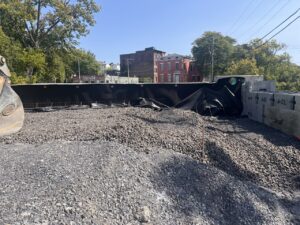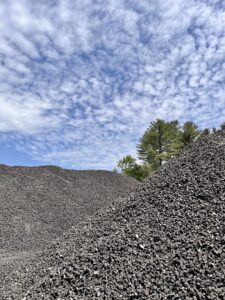
Building A Sustainable Net Zero Future
As cities pursue ambitious net zero goals, addressing embodied carbon — the emissions tied to building materials — is essential for meaningful progress. Low embodied carbon materials, like Glavel’s foam glass gravel, bridge the gap between policy and impact by reducing upfront emissions, enhancing durability, and aligning with circular economy principles. Discover how sustainable materials can transform cities into models for a low-carbon future.


